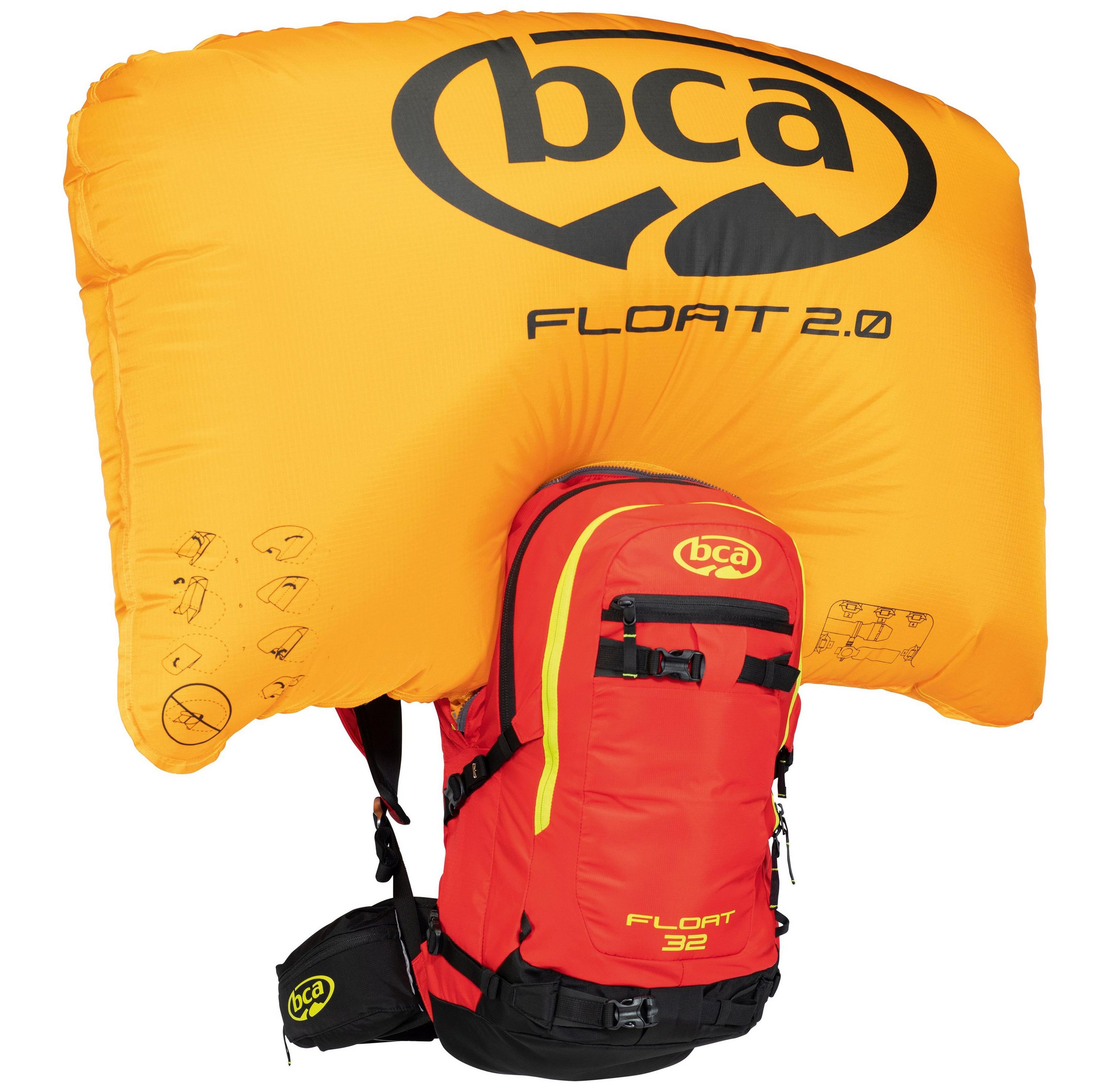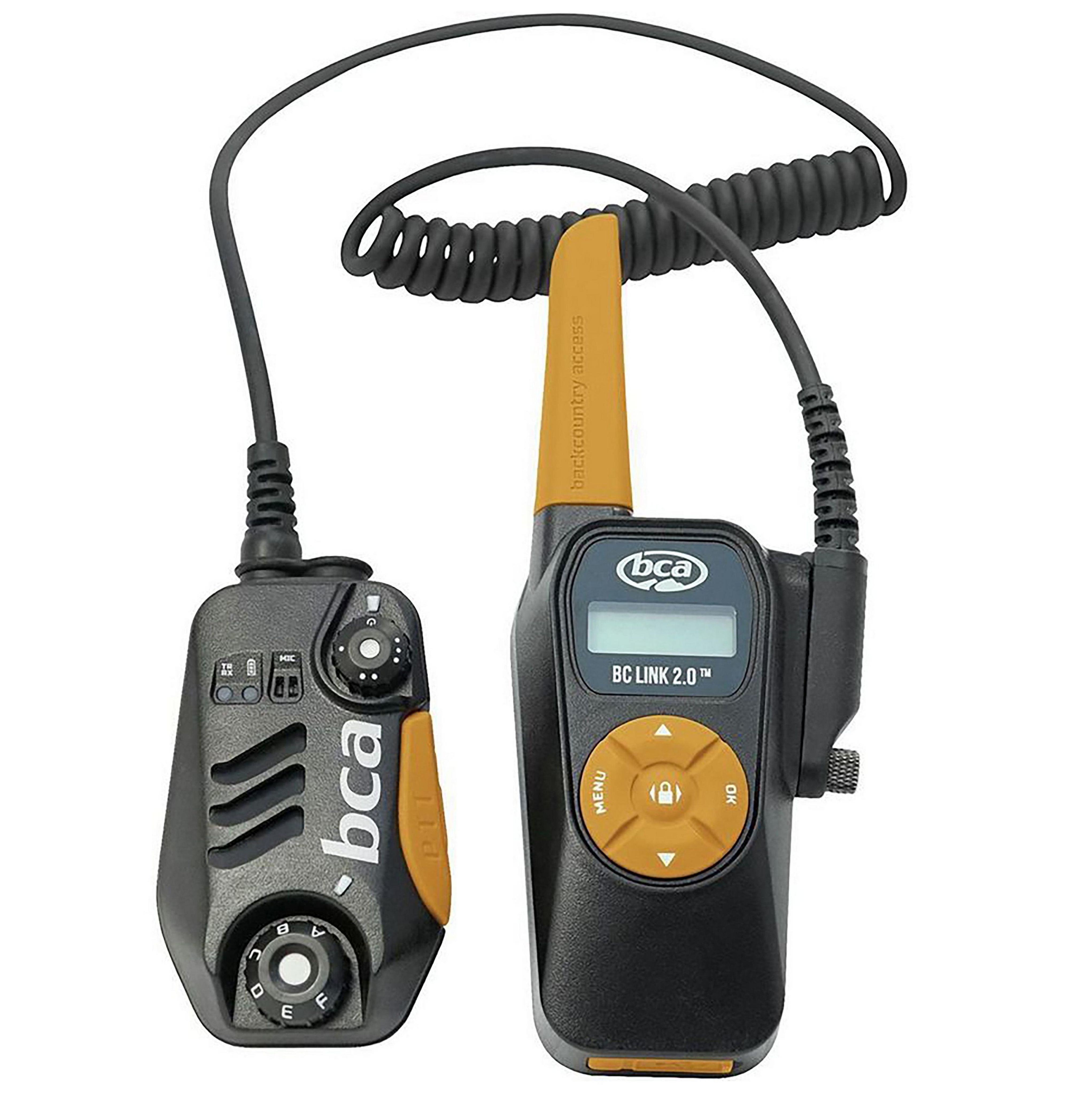Check Your Gear
A transceiver, probe, and shovel are the essential pieces of equipment that everyone in a backcountry party needs to carry. This equipment must be on your body at all times. You’ll learn more about how to use it in the next section on companion rescue, but first, here’s a quick overview.
Before you travel, it is important to ensure everyone in your group has all the essential equipment and knows how to use these tools. Avalanche transceiver batteries should be at least 40%, or the manufacturer’s recommended minimum for a normal one-day outing. At the trailhead, ensure everyone’s transceivers are switched on and in transmit mode.
Dig Deeper: Recommended Gear +
Recommended Gear
Here is a short list of some other safety gear we recommend. While not essential, these items could make a big difference in the event of an avalanche or other type of incident.
Avalanche Airbag
An avalanche airbag can reduce the severity of being caught in an avalanche by reducing burial depth, or even preventing burial. It is not a get-out-of-jail-free card; depending on the terrain, you could still be buried with a properly deployed airbag.

Communication Device
A communication device allows you to call for help if you get in trouble. Options include cell phones (restricted to areas with cell service), satellite phones, VHF radios, or satellite messenger systems.

Helmet
A helmet is essential to protecting your head. Getting caught in an avalanche can be extremely violent and many avalanche victims die of trauma as they get swept through trees and rocks. A helmet will help protect your head in this event.

And make sure you have enough food, liquids, and warm clothing for a day in the winter backcountry.


